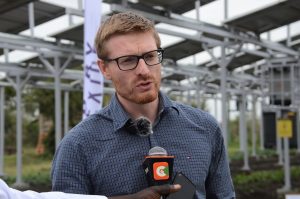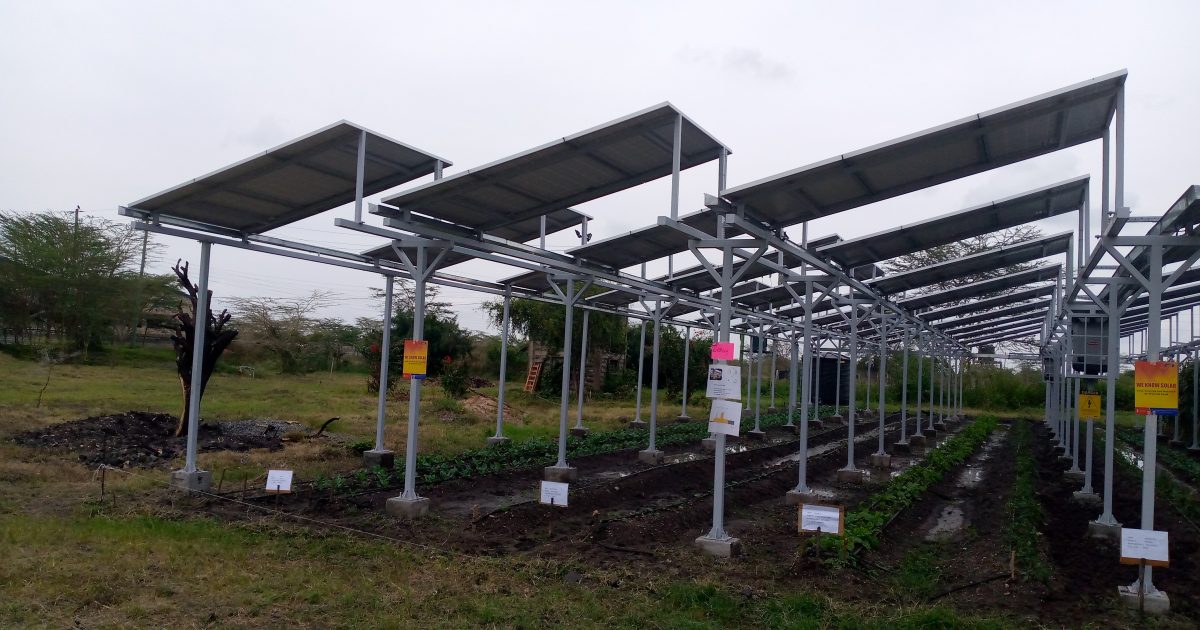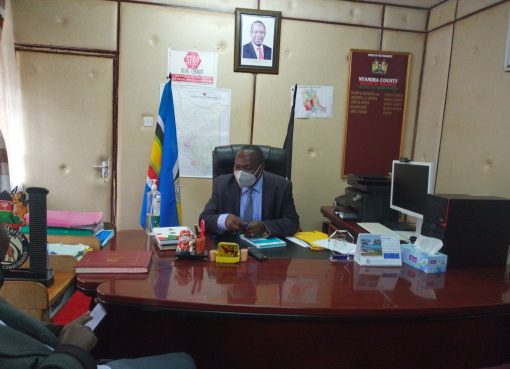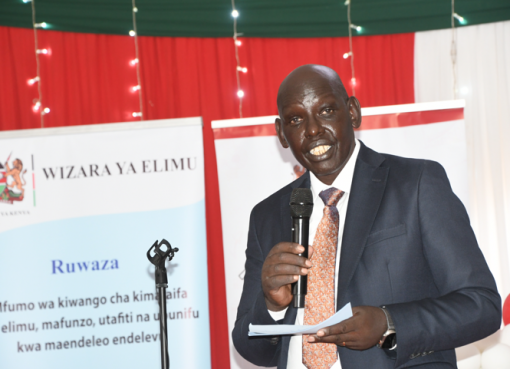The use of solar panels to improve crop production could help boost food security in Kenya.
According to research conducted by the University of Sheffield in collaboration with World Agro-forestry and Latia Agripreneurship Institute, the use of solar panels in agriculture, known as agrivoltaics, has shown increased yields on land where solar panels were used to provide cover for the crops.
The technology comprises the mounting of solar panels three metres above crops, allowing the land to serve two purposes simultaneously: energy and agricultural production.
The solar panels capture the sun’s rays to provide energy while at the same time providing shade for crops planted underneath; thus, moisture is retained, heat stress is reduced and growth is boosted.
Project lead and Vice President for Research at the University of Sheffield, Prof. Sue Hartley, noted that agrivoltaics is one way of using the same area of land to produce more food while rolling out more sources of renewable energy.
It allows efficient use of limited land resources for both agriculture and solar energy production. No land is wasted as the crops are grown beneath the solar panels.

“The technique ‘harvests the sun twice’: where solar panels have traditionally been used to harness the sun’s rays to generate energy, they are also utilised to provide shade for growing crops, helping retain moisture in the soil and boosting growth,” she said.
Speaking during a field visit at the Latia Institute in Isinya, Prof. Hartley noted that electricity generated from the solar panels could be used to power farm operations, thus reducing the reliance on fossil fuels and lowering greenhouse gas emissions.
According to Managing Director Charles Macharia of Latia Agripreneuship Institute, the agrivoltaics technique combines the delivery of solar electricity, crop production and rainwater harvesting on the same land area.
“The solar panels have gutters, which help harvest rainwater used for irrigation. So apart from producing electricity and shade for the crops, the solar panels aid in water harvesting,” Macharia said.
He added that the trial project allowed for comparison of how different crops grow under the solar panel shades, with some crops found to have performed better than others.
An Agronomist at Latia Agri-Business Solutions Judy Wairimu noted that growing crops under the solar panel shade protects them from damage caused by high temperatures as well as ultraviolet light from the sun, resulting in better yield.
The solar panels can also protect crops from extreme weather events, such as hailstorms, which can cause significant damage to agricultural production.
Wairimu revealed that crops like cabbages, kales, eggplants and maize performed very well under the solar panel shades.
“Cabbages grown under the solar panels performed very well compared to those grown in the open field with the same amount of water and fertiliser. Maize also did well, with more yield being recorded,” said the Agronomist.
A Research Associate at the University of Sheffield, Dr. Richard Randle-Boggis, reiterated that the agrivoltaics project, apart from ensuring food security, maximises land use as well as reducing electricity and water costs for farmers.
Boggis stated that the technology, a first of its kind in Africa, is a triple win for food, energy and water security.
He added that the project would help guide the potential of agrivoltaics in Africa as well as offer an alternative solution in areas where greenhouse adoption is a challenge.
By Rop Janet




